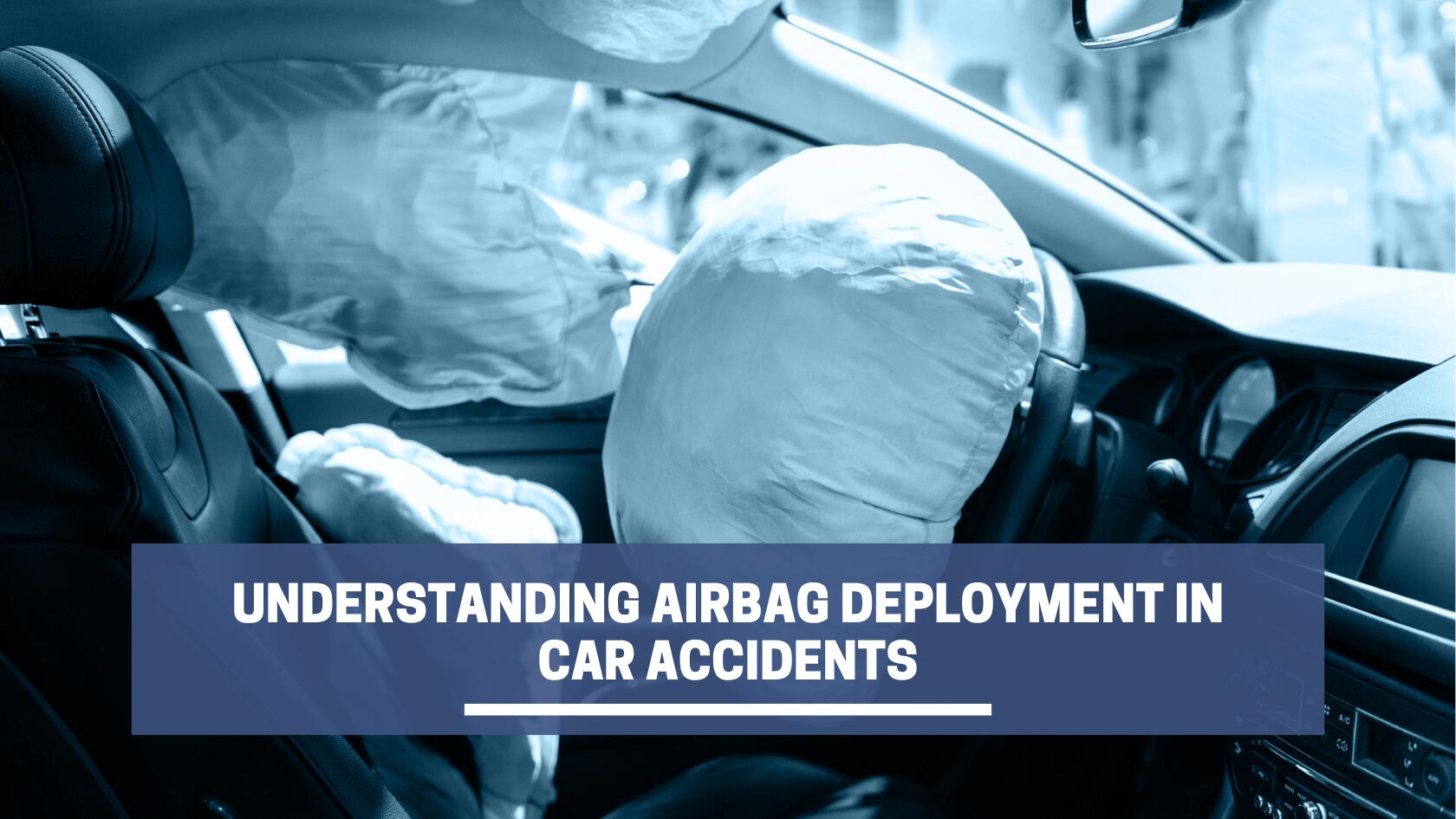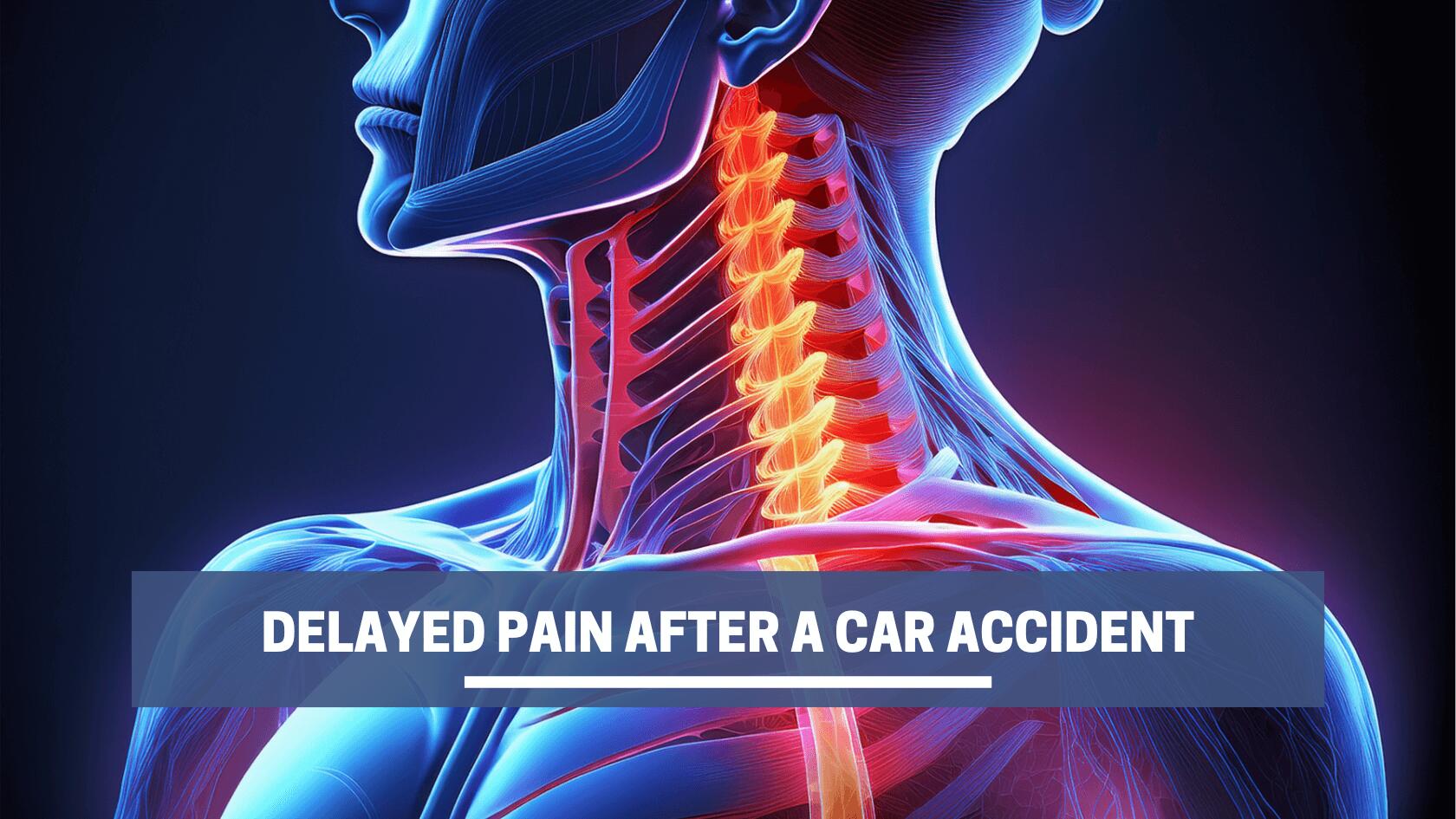Airbags are one of the most recognizable safety features in modern vehicles. Required in all new cars since 1999, they inflate within milliseconds during moderate to severe crashes to help prevent life-threatening injuries.
According to the National Highway Traffic Safety Administration (NHTSA), front airbags have saved more than 50,000 lives over the past 30 years. Unfortunately, they don’t always work as expected.
In some crashes, airbags cause injuries like burns or broken bones, especially in older vehicles. In others, they don’t deploy at all because of sensor problems, software glitches, or how the crash happened. When airbags fail, people are often left badly hurt and unsure why the system didn’t work.
If you were injured in a California crash, airbag deployment can affect fault and how your claim is handled. Learn when airbags should open, who may be liable when harm occurs, and how a lawyer can help with your case.
By the Numbers: Airbag Statistics
Airbags are highly effective at preventing fatal injuries in serious crashes, but they can also cause harm when they deploy with too much force or under the wrong conditions. Here’s what the research shows:
- Airbags lower the risk of death by 29% for drivers in frontal crashes and 32% for front-seat passengers aged 13 and up.
- Using a seatbelt and an airbag reduces the risk of death in frontal crashes by 61%.
- Side airbags lower death risk by 37% in cars and 52% in SUVs.
- Head-and-torso airbags reduce fatality risk by up to 31% in near-side T-bone crashes.
- Between 1990 and 2008, more than 290 deaths were linked to airbag inflation in low-speed crashes.
- Over 90% of those deaths involved children, unbelted passengers, or people sitting too close to the airbag.
Since the late 1990s, airbag technology has changed due to improved sensor systems and stricter federal safety standards. Understanding how these systems function helps explain why airbags activate—and why they sometimes don’t.
How Airbags Work
Airbags rely on sensors placed throughout the vehicle to detect a sudden slowdown or impact. When those sensors detect a crash that meets the system’s threshold, they send a signal to the airbag control unit.
That signal triggers a chemical reaction inside the inflator. In most systems, a compound like sodium azide reacts to produce nitrogen gas, which fills the airbag almost instantly. Airbag deployment speed is fast, usually within 10 to 50 milliseconds.
The airbag bursts through its compartment, usually in the steering wheel, dashboard, or side panels, and expands to cushion the occupant before quickly deflating through small vents.
Because of the force involved, airbags can cause injuries, especially if the person is too close when it inflates or isn’t properly restrained.
When Do Airbags Deploy?
Airbags don’t go off every time your car hits something. They’re designed to respond only under specific conditions that indicate a higher risk of injury.
Below are airbag deployment thresholds for different types of crashes:
| Crash Condition | Typical Speed Deployment | Notes |
| Frontal Crash (Unbelted) | 10-12 mph | Lower threshold since no seatbelt is providing restraint. |
| Frontal Crash (Belted) | Around 16 mph | Higher threshold because the seatbelt offers protection at lower speeds. |
| Side Crash (Narrow Object) | 8 mph | Applies to poles, trees, or similar direct-impact objects. |
| Side Crash (Vehicle Impact) | 18 mph | Broader force distribution from another car or SUV in a T-bone collision. |
| Glancing or Angled Impact | Varies | May not trigger sensors if the crash isn’t direct or forceful enough. |
| Rollover Detection | Varies | Curtain airbags may deploy if rollover sensors are activated. |
Deployment depends not only on speed but also on how and where the vehicle is hit. Sometimes, the airbag may not inflate, even when a triggering event occurs.
Why Airbags May Not Deploy
If your airbag didn’t deploy in a crash, it doesn’t automatically mean the accident was minor or the system failed. Common reasons airbags fail during crashes include:
- Low-speed impact. If the crash didn’t meet the deployment threshold, especially with a seatbelt on, the airbag may not activate.
- Angle of collision. Off-center or sideswipe impacts may not trigger the sensors, even if the damage appears serious.
- Rear-end crash. Frontal airbags don’t deploy in most rear impact collisions because the force isn’t directed forward.
- Sensor malfunction. Electrical issues or faulty sensors can prevent deployment even when it should occur.
- Disabled system. Some passenger airbags may be turned off manually, especially in vehicles with child safety settings.
- Previous deployment or recall issue. A previously deployed or defective airbag (like those involved in the Takata recall) might fail to respond in a second crash.
Even if airbags don’t deploy, you may still suffer serious injuries. The absence of deployment doesn’t rule out a strong airbag injury claim.
Legal Implications of Airbag Deployment
Airbag deployment can influence how insurers and attorneys assess fault, injury severity, and potential compensation for accident victims. They may analyze it to determine factors like:
Crash Force and Impact
Whether an airbag goes off can help indicate how severe the impact was. A deployed airbag often suggests the crash involved strong forward or side force, possibly at higher speeds.
In some cases, it can also help reconstruct what happened and show which driver likely caused the collision.
Injury Severity and Damages
The presence or absence of deployment can help explain the types of injuries involved. Airbags can cause burns or fractures, but they also prevent much worse trauma.
If an airbag fails to deploy, it may help explain serious injuries like head trauma or broken bones, and support a claim for higher medical costs, pain and suffering, or long-term treatment needs.
Manufacturer Liability
If an airbag fails to open when it should or inflates improperly, the cause may be a defect. You may have a separate claim against the manufacturer or airbag supplier in those cases.
Under California law, a defective safety feature that contributes to an injury can lead to additional compensation beyond a typical injury claim.
To prove how the airbag affected your injuries—or whether a defect played a role—you’ll need to take specific steps to gather evidence and protect your rights after the crash.
Steps To Take After an Accident
If you’ve been in a crash involving an airbag, what you do next can affect your health and ability to recover damages. Take these steps:
- Get medical help right away. Some injuries—like traumatic brain injuries or internal damage—don’t show symptoms right away. Getting medical care immediately creates a clear record that supports your claim.
- Take photos. Document the airbag, including how fully it inflated, any visible burns, and damage to the interior. Capture the outside of the vehicle, the crash scene, other vehicles involved, and any physical injuries.
- Leave the airbag system intact. Before making any repairs, take the car to a dealership, collision center, or crash expert. A proper inspection can help determine whether the system malfunctioned and may be essential in a product liability case.
- Talk to a defective airbag injury attorney. Legal claims involving airbags often require technical review and strong documentation. A skilled car accident airbag lawyer handles communications with insurers, assesses potential defects, and builds a case for full compensation.
These cases are technical and complex—an experienced car accident injury lawyer in California can help you pursue full compensation.
Injured in a Crash Involving Airbag Deployment? Contact an Attorney Today
An airbag can protect you—or cause serious harm. Whether yours deployed or failed when you needed it most, you may be entitled to financial recovery.
At The Shirvanian Law Firm, we assist car accident victims across California in pursuing injury claims involving airbag deployment, failure, or defects. Our team will review the crash, investigate possible liability, and fight for the full value of your medical costs, lost income, and other damages.
Contact us today for a free consultation to discuss your next steps and learn what your claim may be worth.
FAQs
What causes airbags to deploy?
Airbags go off when the car’s sensors pick up a sudden stop or strong impact, usually the kind you’d see in a moderate or severe crash. The system reacts in milliseconds to help protect you before you hit the steering wheel or side of the car.
How fast do you have to be going for airbags to deploy?
Front airbags usually inflate at speeds between 10 and 16 mph, depending on seatbelt use and the car’s construction. Side airbags may trigger at lower speeds, especially if the crash happens close to the side of the vehicle.
External References
https://www.nhtsa.gov/vehicle-safety/air-bags
https://www.iihs.org/topics/airbags










